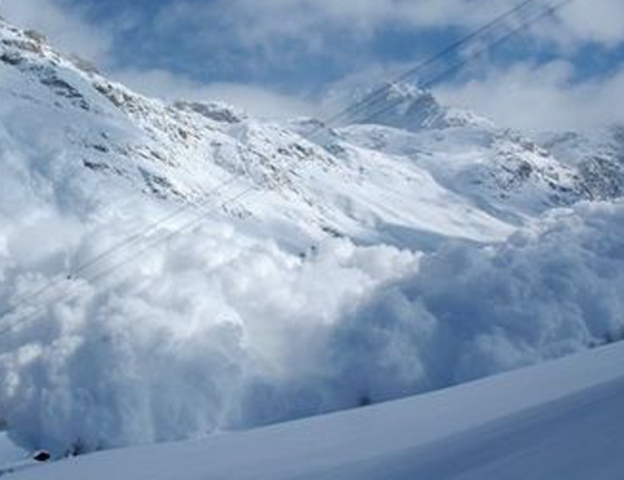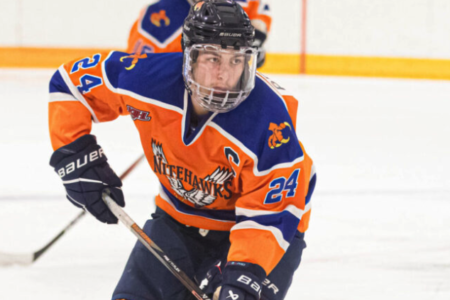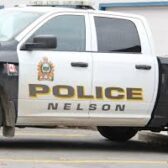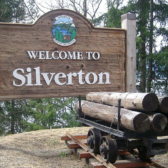Avalanche risk rated at considerable
Avalanche risk will be considerable at the tree line today in the West Kootenay backcountry but the risk will lessen as the week wears on.
A new surface hoar layer has been buried under four centimeters of snow, with up to 200 cm. of snow found at tree-line elevations, the Canadian Avalanche Centre reports.
This may be a reactive layer to watch with the new storm snow and wind, the latest avalanche report cautioned.
“New pockets of wind slab with south to east light to locally moderate winds. Within the storm snow are some interfaces including a rain crust along the US border (Kootenay Pass and Rossland).”
Around 100 cm. of storm snow sits on the layers buried Dec. ‘08. This includes surface hoar (shady slopes, extends into the alpine), and surface hoar on a crust (steeper solar aspects) at tree line and below tree line.
“Facets on the rain crust near the ground is a concern limited to isolated areas where the ground is very smooth and the snow pack shallow and weak.”
Weather forecast
Wednesday: Relatively dry conditions. Light-moderate southeast winds. Freezing levels could rise to 1,600 m.
Thursday: Scattered flurries throughout the day. Freezing levels should fall to 1,000 m.
Avalanche activity
Small avalanches running in the top 30 cm. of the storm snow, including accidentally triggered windslabs.
Some concerns remain for the layers buried 10 days ago (70 to 100 cm. deep) but no avalanches are reported on these layers at this time.
Areas to avoid
Areas with terrain traps that increase the severity of an avalanche.
Areas of concern
Wind-loaded slopes in alpine and open tree line areas. Reverse loading and swirly winds mean surprising pockets in unusual places.
Steep solar aspects with a hard crust below all the storm snow. You’re going to have to dig to find it and assess if the layers are bonding.
Techniques to manage risk:
Watch for obvious signs of instability such as recent avalanches, whumpfs, shooting cracks or hollow sounding patches of wind slab. If you observe any of these, choose safer terrain.
Test small slopes without terrain traps, with escape routes, where a small avalanche is manageable. May provide info to help you decide whether or not to move to bigger terrain.
Enter your line low or avoid the steepest top part of the slope using ridges and ribs to get below the pillows at the top.
Source: Canadian Avalanche Centre


























